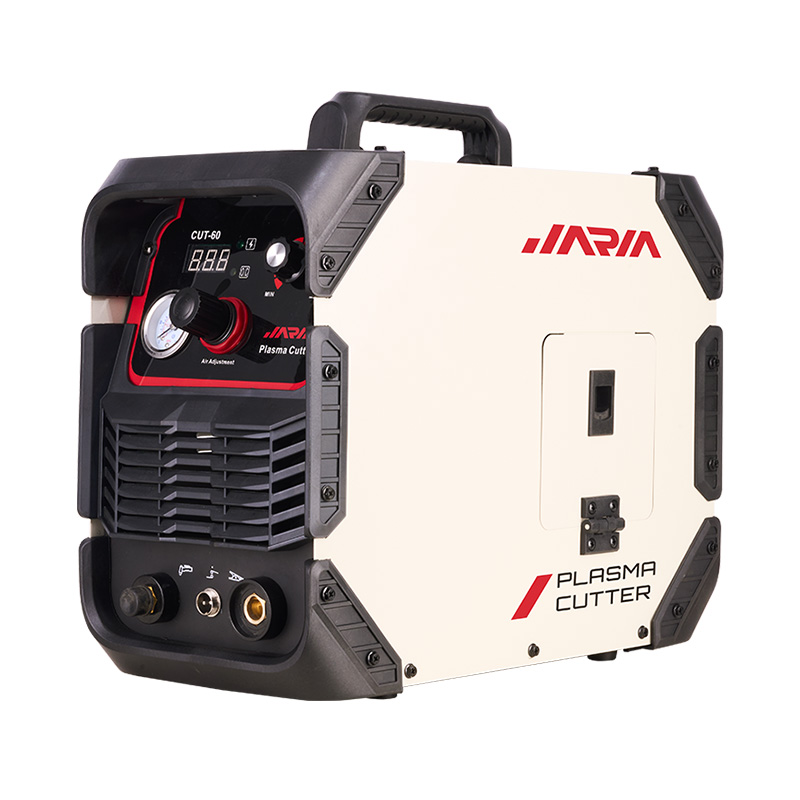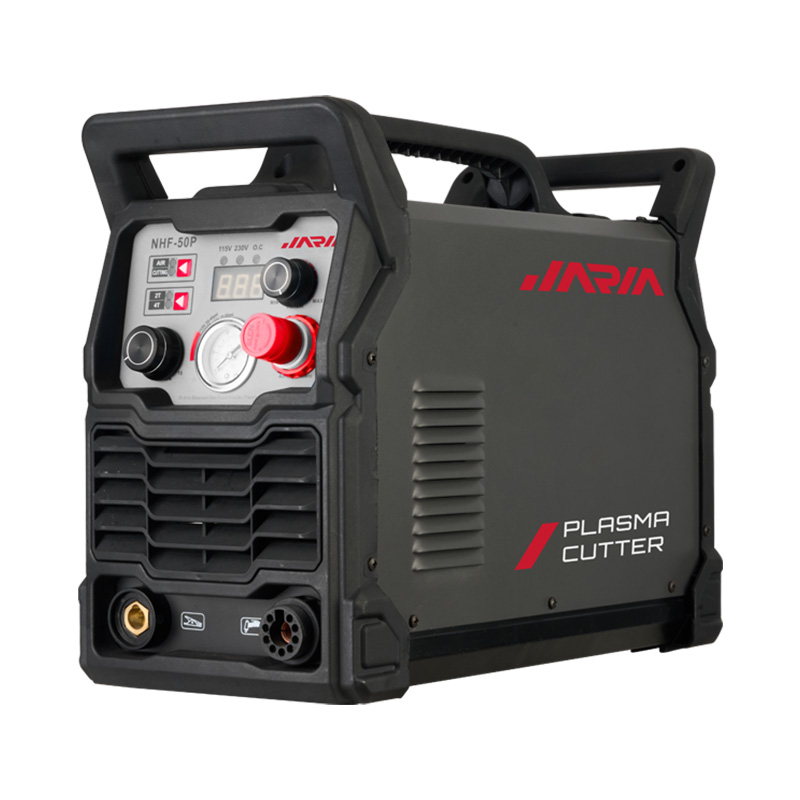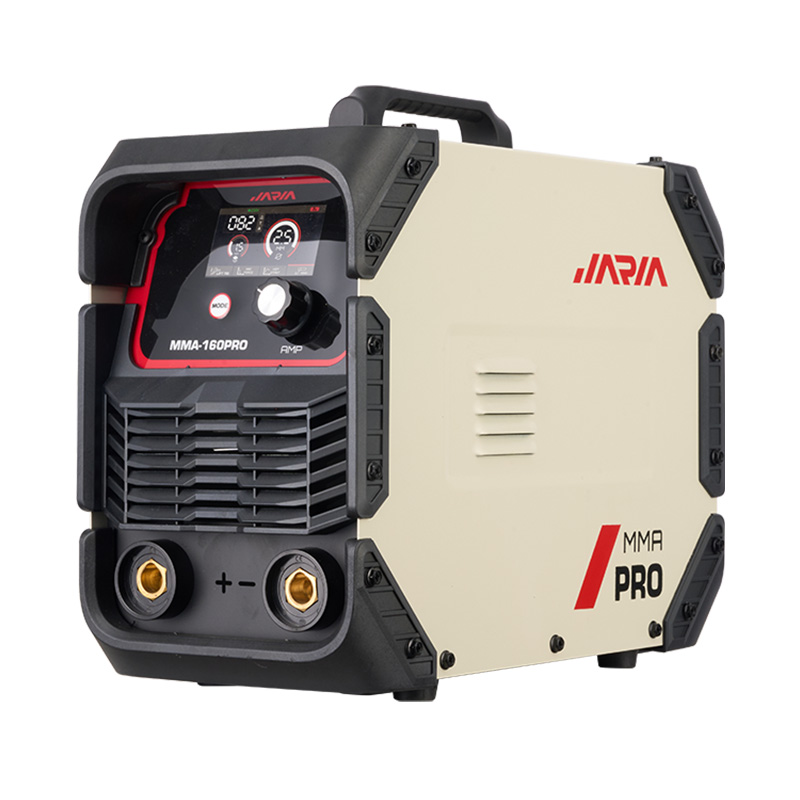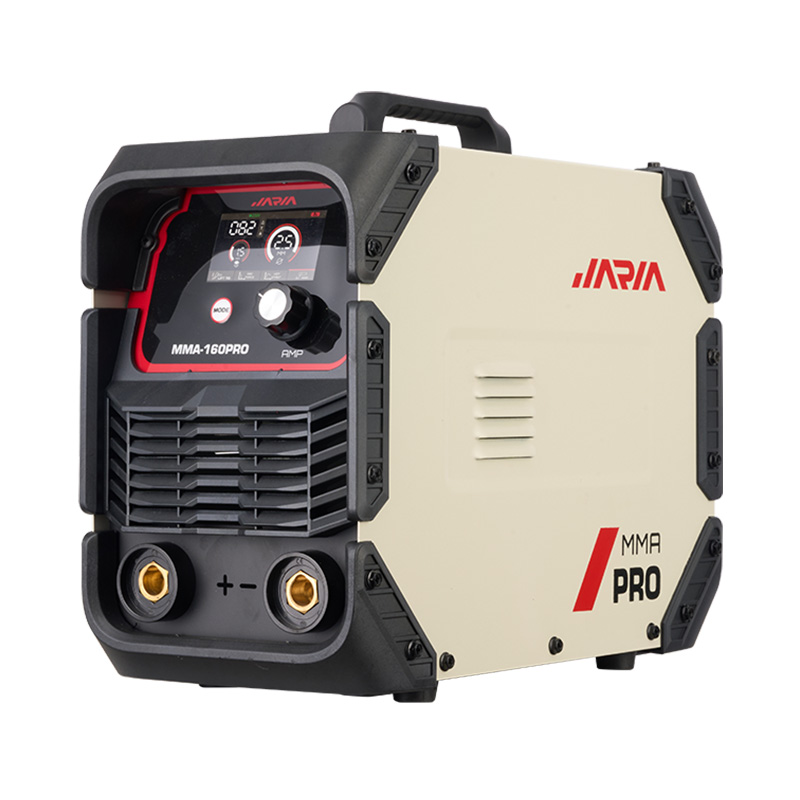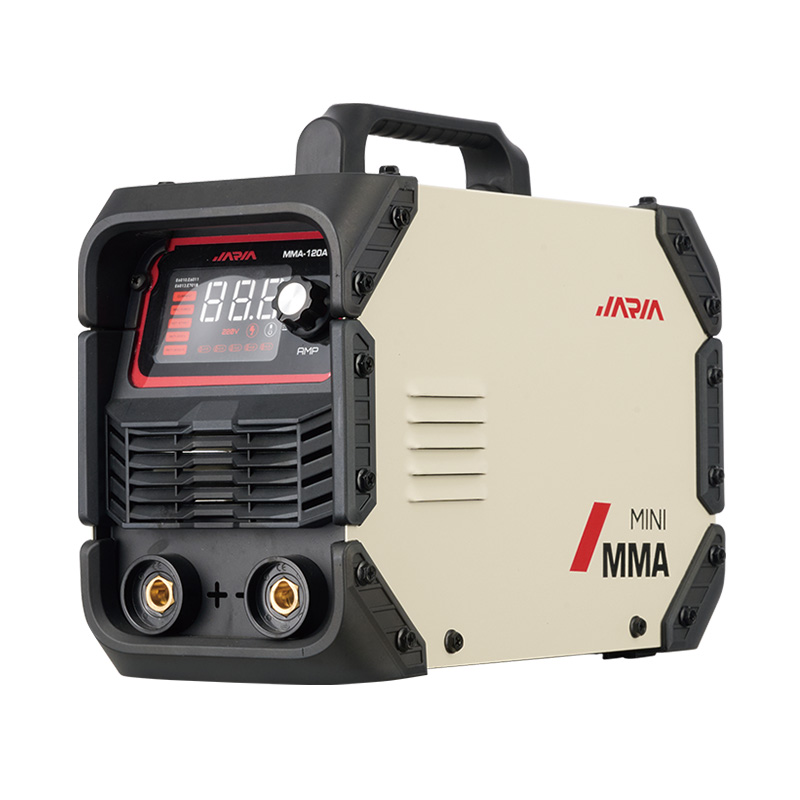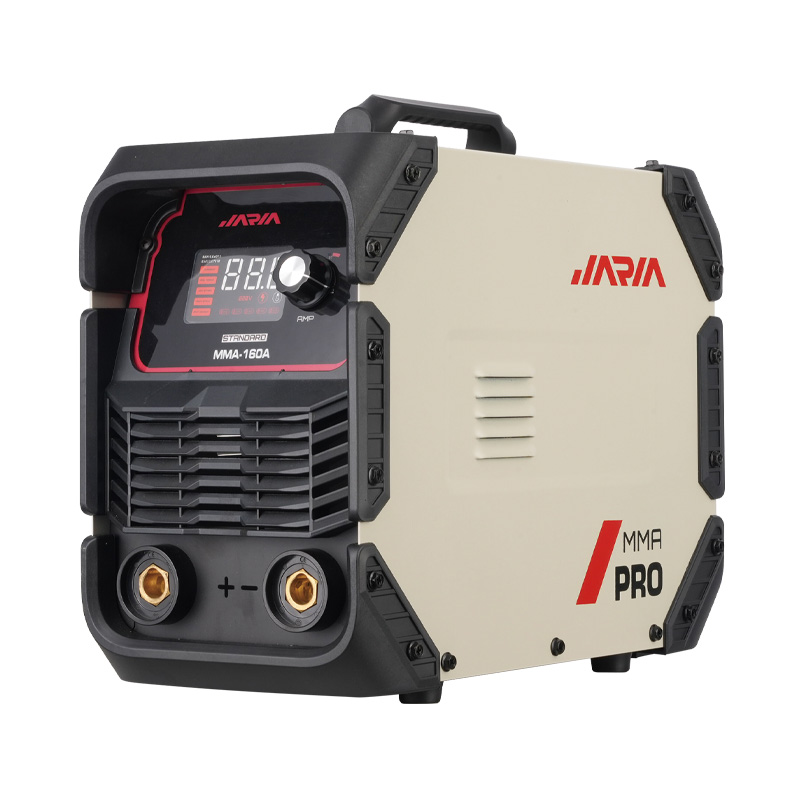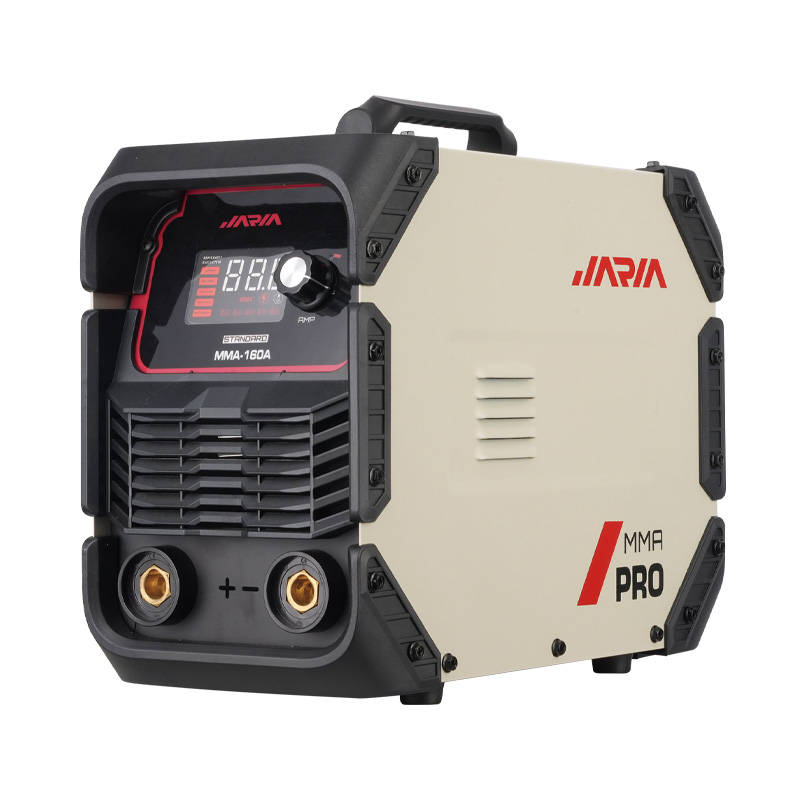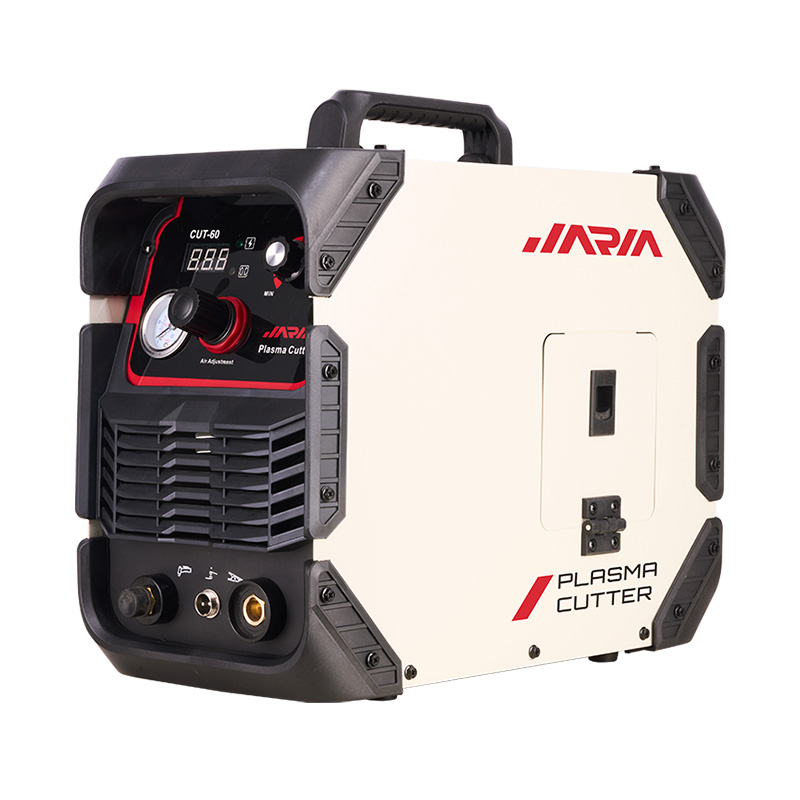In today's rapidly evolving world, technology plays a vital role in almost every industry. The welding industry, in particular, has seen significant advancements with the introduction of inverter welders. Inverter welder factories are at the forefront of these advancements, constantly developing new and improved products to meet the ever-growing demands of the market. This article will delve into the technology advancements in inverter weld factory products.
The inverter welder factory is a manufacturing facility that specializes in producing inverter welders. These factories employ skilled engineers, technicians, and production line workers who work together to design, assemble, and test the final products. The factory serves as the hub for innovation, research, and development in the field of welding technology.
What is an Inverter Welder?
An inverter welder, also known as an inverter welding machine, is a power tool used to join or fuse two metal parts together. Traditional welding machines rely on a transformer-based power supply, whereas inverter welders utilize modern power electronics, such as transistors and microprocessors, to convert and regulate electrical power.
Benefits of Inverter Welders:
The introduction of inverter welders by the factory brought numerous benefits to the welding industry. These include:
Inverter welders are compact and lightweight compared to their traditional counterparts. This portability allows welders to easily transport and use the machines in various locations, both indoors and outdoors.
Inverter welders are highly energy-efficient, allowing for considerable cost savings in the long run. The advanced power electronics used in these machines reduce power consumption and enable better control over the welding process.
Inverter welders offer nice welding performance due to their ability to provide precise control over the welding current and voltage. This precision results in high-quality welds with reduced splatter and spatter, improving overall efficiency.
Inverter welders are and can handle a wide range of welding applications, including stick welding, TIG welding, and MIG welding. They offer adjustable welding parameters, enabling welders to tailor the settings according to the specific requirements of each project.
Technological Advancements in Inverter Welder Factory Products:
Inverter welder factory products now feature advanced digital controls that provide welders with informative displays and intuitive user interfaces. These controls allow for precise adjustment of welding parameters, making it easier for welders to achieve desired results.
The latest inverter welder factory products offer multi-process capabilities, allowing welders to switch seamlessly between different welding processes. This versatility eliminates the need for multiple machines, reducing costs and saving space in workshops.
Inverter welder factory products have incorporated automatic voltage regulation, ensuring a stable output voltage irrespective of fluctuations in the input power. This feature guarantees consistent and reliable welds even in challenging working conditions.
The advancement in technology has allowed inverter welder factory products to have higher duty cycles. A duty cycle is the time duration a welder can operate continuously without overheating. With improved cooling systems and efficient power electronics, modern inverter welders can handle extended welding periods, increasing productivity.
Inverter welder factory products prioritize safety by incorporating various safety features. These include overheat protection, voltage and current overload protection, and short circuit protection. These features not only safeguard the welder but also prolong the lifespan of the machine.
Conclusion:
The technology advancements in inverter welder factory products have revolutionized the welding industry. With their portable design, energy efficiency, enhanced performance, and versatile capabilities, inverter welders have become the go-to choice for welders worldwide. As inverter welder factories continue to push the boundaries of innovation, we can expect even more exciting developments in the future. Embracing these advancements will undoubtedly lead to greater efficiency and precision in welding applications.

 English
English Español
Español عربى
عربى